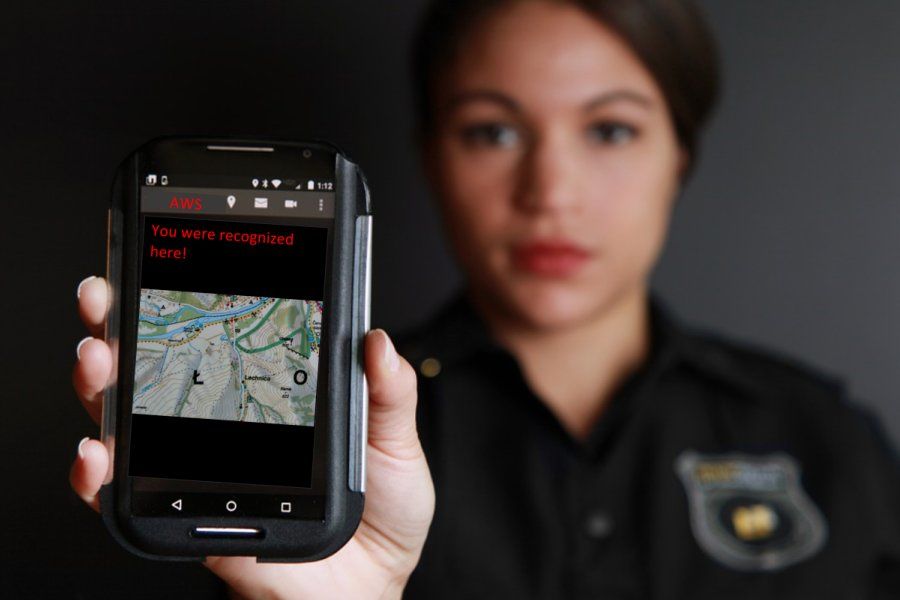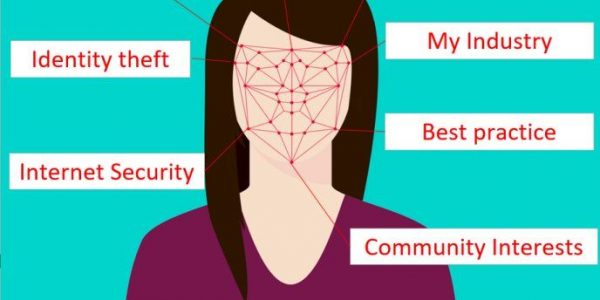10 Facial Recognition Technology Guidelines
Facial recognition software is becoming more prevalent and five facial recognition guidelines were proposed by Amazon’s Michael Punke (Amazon Web Services’ VP of Global Public Policy). A further 5 are proposed here to make a total of 10 facial recognition technology guidelines to be applied more broadly.
Facial recognition software legislation
Punke proposed these guidelines below for law enforcement regulation of Facial recognition software.
A key message throughout is that facial recognition tech must only be applied along with other task supporting evidence or activities, not on its own.
Many of these ideas can be seen as similar measures necessarily applied when other new technologies such as DNA testing were in their early stages of application in law enforcement.
However I think Punke has not gone far enough. Guidelines need to be developed more broadly than only for law enforcement, in order to protect the community.
By observing problems with other new-ish technology like DNA testing, we can identify some other areas of application that will benefit from guidelines (if not regulation).
DNA technology has been a boon for law enforcement and service to the community.
DNA testing laws were developed for law enforcement well before incorrect testing and assessment by unqualified personnel lead to harming people’s lives. To illustrate, a recent case have come to light in which a women had reproductive organs removed which was then found to have been unnecessary.
None the less, we must start somewhere and applying rules to law enforcement can lead development of facial recognition guidelines.
Here are the five facial recognition guidelines:
1. Facial recognition should always be used in accordance with the law, including laws that protect civil rights.
Stating the obvious but often skipped by the new tech economy businesses, in part because laws have not been updated to make specific application to newer technology clear. Users of facial recognition software tech must comply with all laws.
After all, Amazon and others may sell Facial recognition software but you or others as users can do all sorts of things with it and not all would be considered legal.
It’s a little like a pen or a gun can be used for good (say within the law) or evil (say break the law), and vendor companies pointing out that you have to use their products within the law.
2. When facial recognition technology is used in law enforcement, human review is a necessary component to ensure that the use of a prediction to make a decision does not violate civil rights.
Human review is necessary in most applications of technology to law enforcement.
In a state where government is for the people, law enforcement must itself comply with the law. Without human review, a significant amount of data may be captured, and automated action taken which could be unfairly biased or down right wrong.
It is about ensuring law enforcement actions are based on correct decisions. Human decisions. As much as science fiction shows incredible use of technology, our current reality is that most technologies are not as well developed.

3. When facial recognition technology is used by law enforcement for identification, or in a way that could threaten civil liberties, a 99% confidence score threshold is recommended.
Facial recognition accuracy is still questionable. Not necessarily because the technology is still developing, but because conditions in the real world can make accurate identification more difficult. Low light conditions and poor camera resolution for example make accurate identification of facial recognition biometrics more challenging.
Facial recognition software should have built in measures to reflect the difficulty or accuracy with each analysis. One term used to describe accuracy is facial recognition confidence level.
Thus a threashold should be applied to facial recognition confidence.
Punke recommends facial recognition confidence threshold of 99% when applied within law enforcement.
“When using facial recognition to identify persons of interest in an investigation, law enforcement should use the recommended 99% confidence threshold, and only use those predictions as one element of the investigation (not the sole determinant).”
4. Law enforcement agencies should be transparent in how they use facial recognition technology.
Authorities should report if and how facial recognition technology is being used and detail safeguards that have been put into place to protect citizens’ privacy and civil rights.
This will enable the greatest public confidence in the use of the technology by law enforcement agencies.
This is important to Amazon Web Services (AWS) so that their technology product will be accepted by the people and continue to be used.

5. There should be notice when video surveillance and facial recognition technology are used together in public or commercial settings.
Some states already have laws regulating the use of video cameras in public or commercial premises, such as shopping centres and restaurants. Notification of such is often required.
There have been concerns about facial recognition technology and its potential use in connection with video monitoring in public or commercial settings.
Hence notification of implementation of facial recognition technology at a particular location is recommended by AWS.
The next five of the 10 facial recognition guidelines for broader application.
Let’s consider more broad industry application of face recognition technology.
6 Industry bodies must create Procedures to govern industry use of facial recognition technology
Each industry body must develop their own procedures to ensure each application is controlled by relevant rules.
Industry bodies have experience in their field and typically gain contribution by experienced workers in that field. They often already have a charter to set out good industry practice to be in line with expectations of the community.
This leads to guideline number 7.
7. Consult with the community over your industry use of face recognition technology
Community consultation is imperative for building community confidence in any specific application of facial recognition technology.
This combined with industry body development of procedures and best practice identified in guideline 6 can ensure community awareness and trust in the application of the technology.
8. Identify important roles and define duties
Industry bodies and the community can identify key roles and responsible officers that will have a duty to perform their function to a uniform and acceptable standard.
This is so that procedures don’t exist without responsibilities also being assigned. It helps ensure we do what we say we will. In other words, it helps build integrity within our systems and procedures.
9. Storage and Destruction
 Many industries are already developing or implementing systems for management of personal data.
Many industries are already developing or implementing systems for management of personal data.
Facial recognition software applications need to be included in those management systems.
Collection of initially obtained data, manufactured results and applied actions, contribute to the whole body of data produced. Data storage method(s) and duration, and ultimate destruction or deletion must be identified up front.
10. Review performance and compliance
Performance of facial recognition systems and compliance to procedures must be reviewed with corrective actions being supported and cycling back to revise procedures.
Did your officers perform the function that was set out for them?
Were they aware of their duties?
What went wrong? Were there new learning(s) to publicize and promote?
Sometimes when a learning opportunity occurs, the experience is not widely disseminated and the community is not informed due to fear of reprisals, legal issues or other negative outcomes.
However to stay up to date and improve, all relevant people must be informed. Perhaps careful management of specific information may allow this.
We should learn from new cases use that learning to improve our systems rather than hide them as an embarrassment because no-one thought of that potential outcome before.
All systems that apply facial recognition software must be living and be open to scrutiny, and allow improvement in line with goals of each industry and the community in order to be sustainable.
What can you do right now?
Talk to your industry body about facial recognition technology now!
Be sure to engage your industry body and reference these guidelines. Online documentation should provide a link back to these original guidelines as a starting point reference for your own discussions and development.
Did Michael Punke get it right? What about broader application of these guidelines? If you agree or think there are some more aspects to be considered, please leave your comments below.
Wrap up of these 10 facial recognition technology guidelines
So yes, Michael Punke has made a start with his proposed five facial recognition rules for law enforcement.
Let us not leave it too late to follow on with these further facial recognition guidelines for broader development of facial recognition technology guidelines for each industry for sustainability and community well being.


Leave A Response